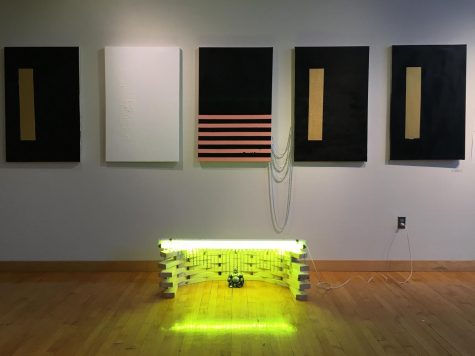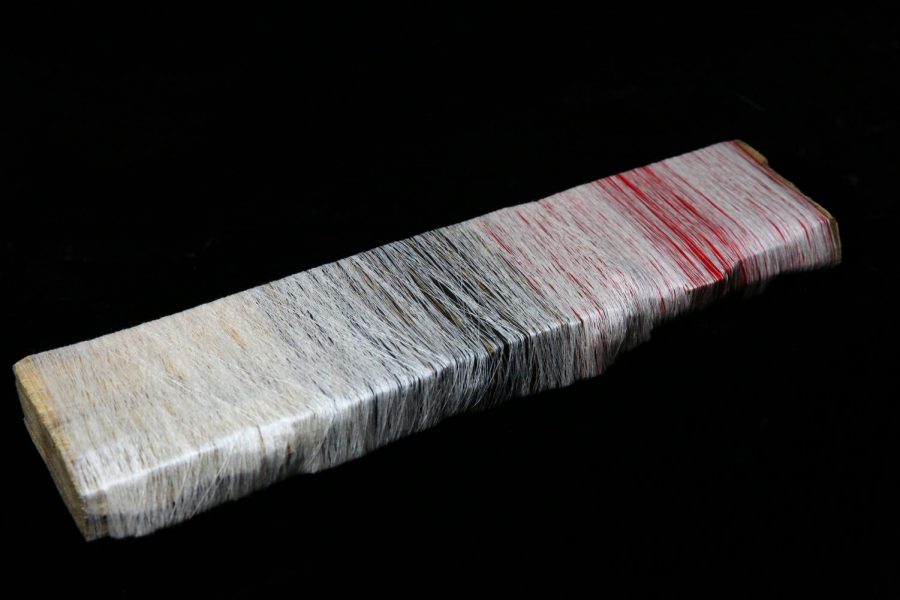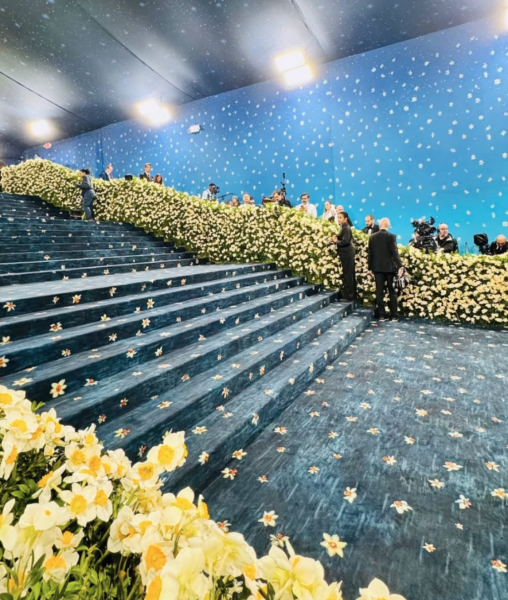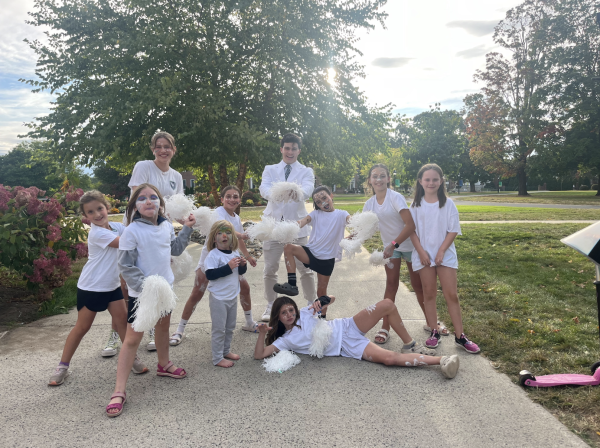Tiger Chen Embraces Creativity
“Creating art is just like cooking,” said Jiaxuan Chen 18′, sitting on a stool in the photo lab. “What matters most about food is its taste. No matter how fantastic the dish looks or how delicious it smells, if it is not tasty, then it is not good.” He adjusted his hands and smiled: “Similarly, the essence of visual arts is to appeal to people’s eyes. Therefore, aesthetically pleasing should always be the most basic and fundamental principle.”
Jiaxuan, most often referred to as Tiger, is a current Williston senior taking three art classes: Design, AP Studio Art, and Alternative Photography, a night-time class with three students in total.
The first art class Tiger took at Williston was Photo 1 with Mr. Hing. “I fell in love with photography when I was very young.” Tiger said: “So when I came to Williston, it seemed a natural choice to continue with my interest.”
Throughout the next five trimesters, he completed the five different levels of photography courses offered at school. With the goal to explore the field of arts more deeply, Tiger started taking Williston Scholars and AP Studio Art, which are both more independent project-based classes.
“When I first joined the Williston Scholar class during the third trimester of my sophomore year, I thought about digging more into the ‘creative side,'” Tiger said. “So I started creating art pieces that belonged to me and me alone.”
The first project Tiger completed for the Scholar class was five pieces of paintings with stripes, symbolizing a squad consisting of five people. “Three pieces are very similar. You can take them as the main trend of the society,” he explained. “The fourth piece is slightly different but essentially the same. It refers to the person who wants so badly to be different but is actually dull. The final piece, however, is totally unique.”
It was a project very much foretold Tiger’s artistic style and pursuit. Most of his art pieces lean towards the abstract end of the scale, and he himself has never stopped searching for a personal and “unique” definition of art.
The most recent project Tiger created was f or his AP Studio Class. The guideline was to tell a story through three to five related pieces. “Most people would think of paintings or drawings when they hear the topic, but I like to take different angles,” said Tiger. His project turned out to be a piece of wood wrapped around with cotton threads in different colors.
or his AP Studio Class. The guideline was to tell a story through three to five related pieces. “Most people would think of paintings or drawings when they hear the topic, but I like to take different angles,” said Tiger. His project turned out to be a piece of wood wrapped around with cotton threads in different colors.
“Basically, you can consider the wood as a person. The strings are the connections, the feelings, and the emotions the person has.” Tiger pointed to the white section of the wood: “At first, we are all blank.” He moved his finger along the wood: “We will experience happiness, which adds warm colors to us. We will have sorrows and depression, which is when the wood gradually becomes dark.”
“You see, even when the wood is dark blue, you can’t completely notice it because the strings are thickly wrapped around the wood,” Tiger said. “That’s just like how we all hide our negativity inside us.” He moved to the brighter end: “But then we are going to have love.” The strings are much looser in this end; through them, rosy colors shine. “Love changes people. It comes through your eyes, your voice, your body, and your whole self,” he added.
Pham Bao ’19 is also enrolled in the AP Studio Art class. “Tiger is a creative art student.” Bao said: “He always comes up with different ways to present his artwork. The way he presents his artwork always matches with his project, making it stand out more than his classmate’s.”
Senior Villard Xu takes photography and is a member of the Arts Intensive program along with Tiger. “His photographs are consistently well done,” Villard said. “His studio art pieces are also appealing; although personally, contemporary art is not my favorite style, I’m amazed by how Tiger can utilize and combine different kinds of materials. I can definitely learn from him.”
Arts has become a part of Tiger’s lifestyle. “It helps me think,” he said. “Art is similar to writing in many ways. It assists me in figuring out who I am, what I am doing, and what I want to say.” Tiger continued: “I don’t think I’m a very verbal person, but with abstract art, I’m able to express myself freely and free of people’s judgment.”
Throughout Tiger’s four years at Williston, Mr. Hing witnessed his growth as a student and as an artist. Mr. Hing said: “Tiger is a very independent thinker. When he finds something that interests him, he usually takes that idea that pushes it pretty far.” Hing continued: “Sometimes I can’t tell what Tiger is thinking. He just smiles at me and nods his head, and I will be like: ‘What does that mean?’ Then he comes back a week later with something quite ingenious and incredible. He is always full of surprises; most of the surprises are good. ”
“Right now he is working on architecture, or conceptual spaces, which is quite different from where he started with photography,” said Hing. “Tiger has a good sense of craft, and is willing to put in the extra time to make it right, which I don’t see a lot in student artists. I think he will be successful in whichever direction he takes.”
Shirley Zhou is a four-year senior at Williston. She is from Changshu, China. She enjoys listening to music, playing the guitar, and creative writing (preferably...












